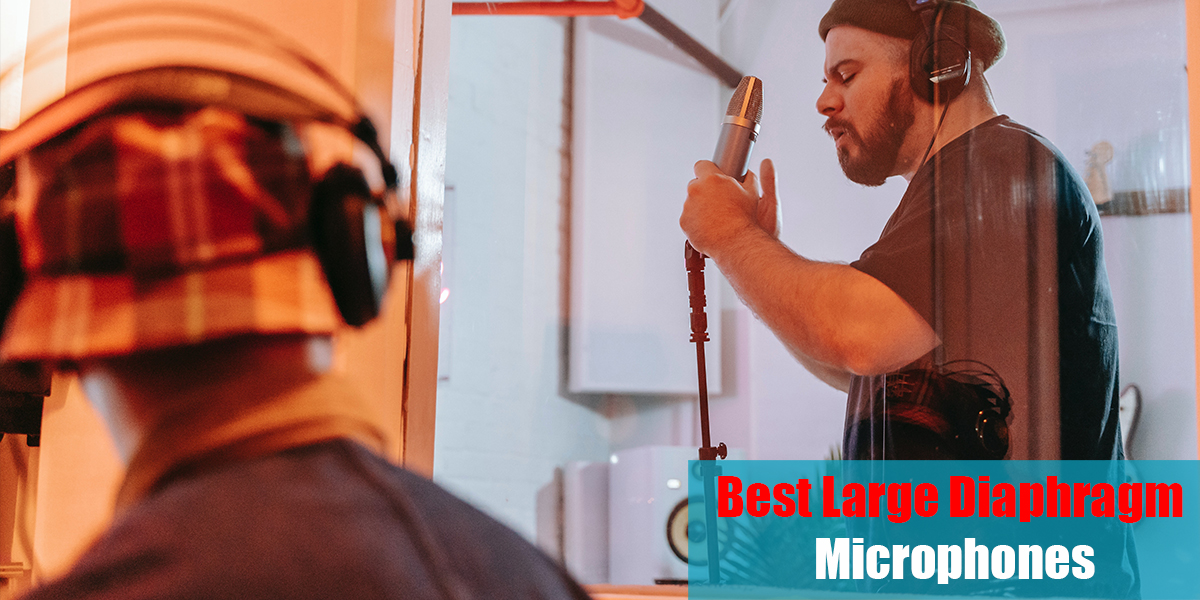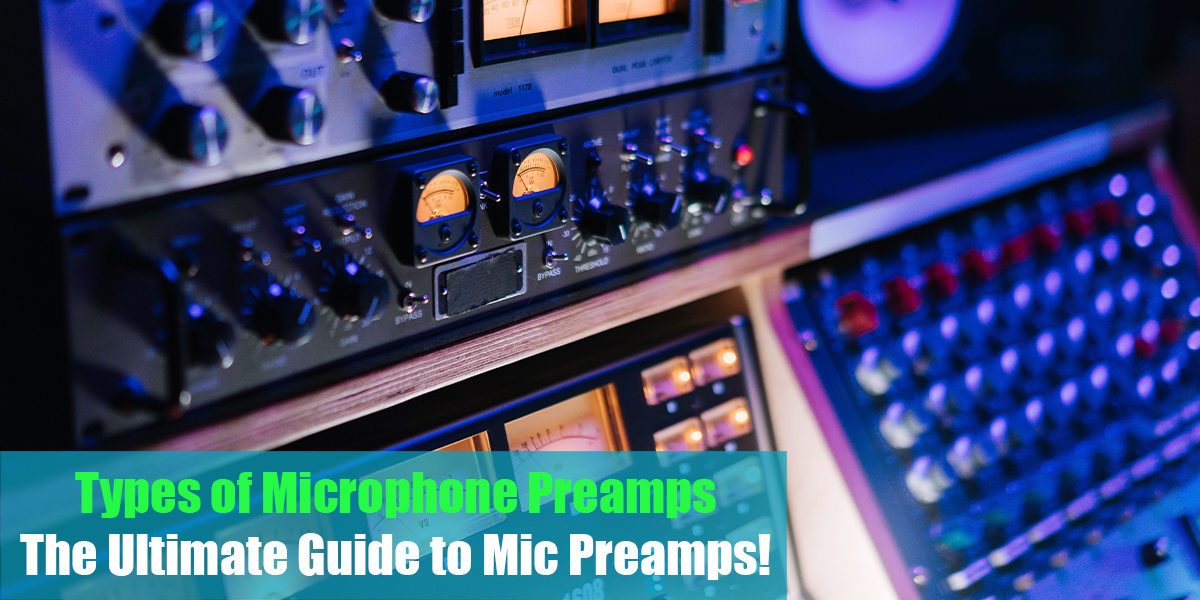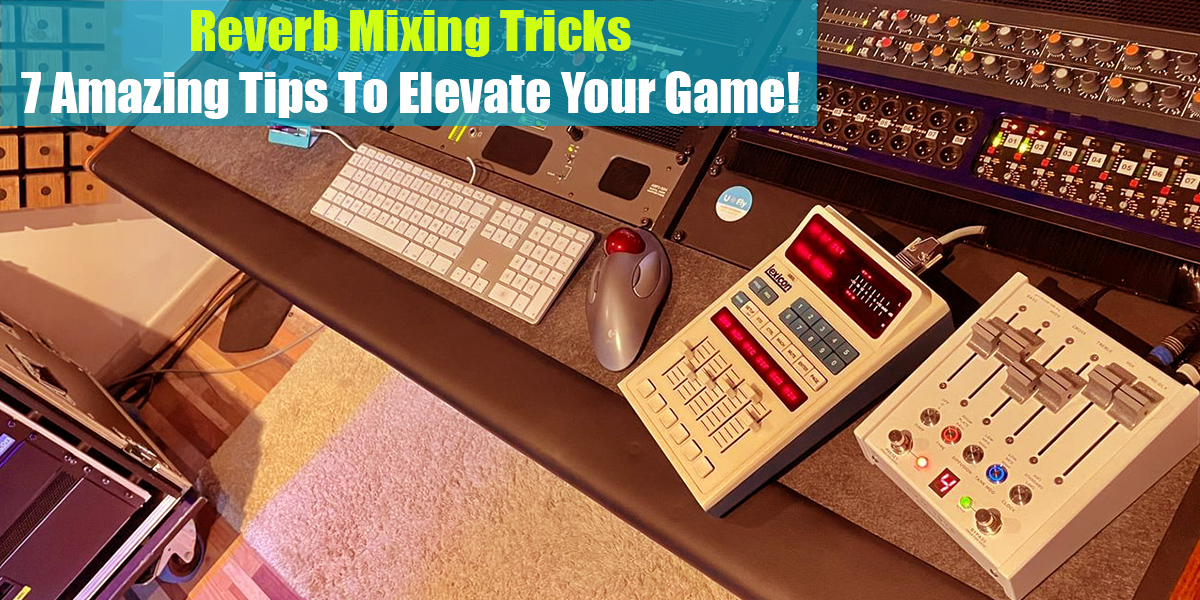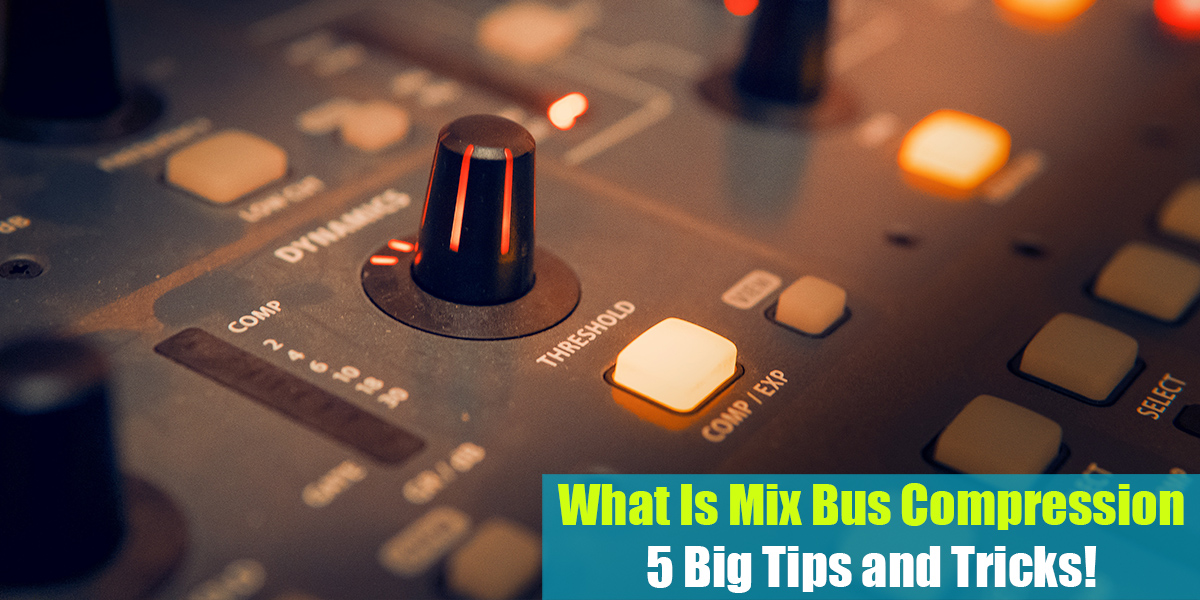Best DAW Controllers
Introduction
A DAW controller, also known as a control surface, can significantly enhance your workflow and provide a more intuitive, tactile experience in a studio environment. Having physical faders, knobs, buttons, and various controls right in front of you can greatly improve your overall enjoyment and efficiency compared to using keyboard shortcuts and mouse clicks.
While they may not be for everyone, many people find them invaluable, leading to a wide range of controllers available for different setups. Choosing the right control surface for your studio can be a challenging task to get just right.
Although the brand name of a DAW controller is not the most critical factor to consider, knowing the top companies in the market can assist you in your search.
We have avoided including any DAW-specific controllers, focusing instead on more general systems. However, options from Steinberg, Cakewalk, and both Novation and Ableton (for Ableton Live) offer excellent controllers for their respective digital audio workstations.
In today’s DAW controller market, there is something available for everyone, regardless of your specific needs for producing your tracks.
In this article, we’ll explore the best DAW controllers for producers at all levels. Here are the top DAW controllers available on the market right now.
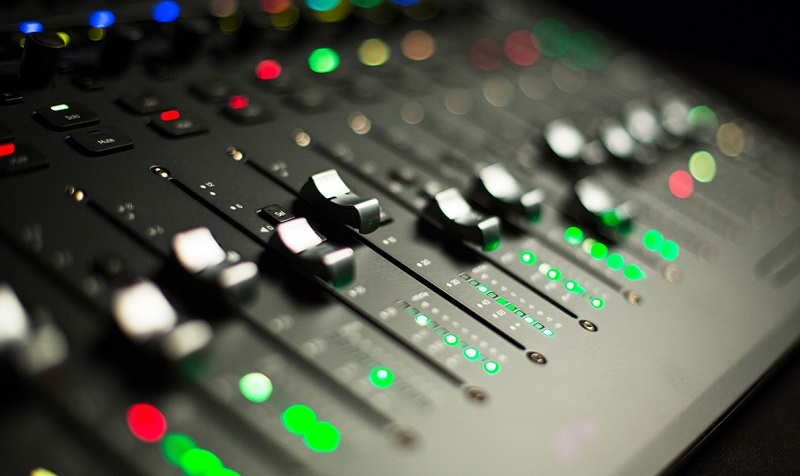
We just want to let you know that we’ll list these DAW Controllers in no particular order. They’ll be randomized as we don’t wish to sort them from best to worst.
Listed below are our Top 10 DAW Controllers:
1. Presonus Faderport 16
The FaderPort 16 offers some impressive features. It includes 16 fader channels in a compact design, which means it won’t take up your entire desk space. The ability to adjust multiple controls simultaneously makes mixing feel less like guesswork and more intuitive and natural.
Being able to balance a fader while adjusting a low-cut frequency or increasing a reverb send is simply more musical in every way. It allows you to rely on your ears rather than your eyes.
The main layout of the FaderPort 16 centers around the 16 motorized faders, giving the control surface a console-like feel. All the faders are 100mm long-throw and touch-sensitive, similar to those on most high-end large-format consoles.
These faders can be used in the traditional sense of controlling the amplitude of your signal, acting as real-world counterparts to the faders in your DAW. However, they can also manage a variety of plugins, pan, send, or other control data written or read by your DAW.
There is also a one-fader model and an 8-fader model, so access to the FaderPort family is available at any engineer’s budget. With the inclusion of Studio One Artist, it seems to be an excellent value indeed.
When we first saw and used the FaderPort 16, we were immediately impressed. It felt great to have this unit at our fingertips and control the DAW flawlessly. We really liked having 16 faders that provide more freedom and control, but we would appreciate a better display for visual control.
Compared to other models on the list and in the same price range, you are getting the best deal here—and to get 16 motorized faders at this price is truly amazing.
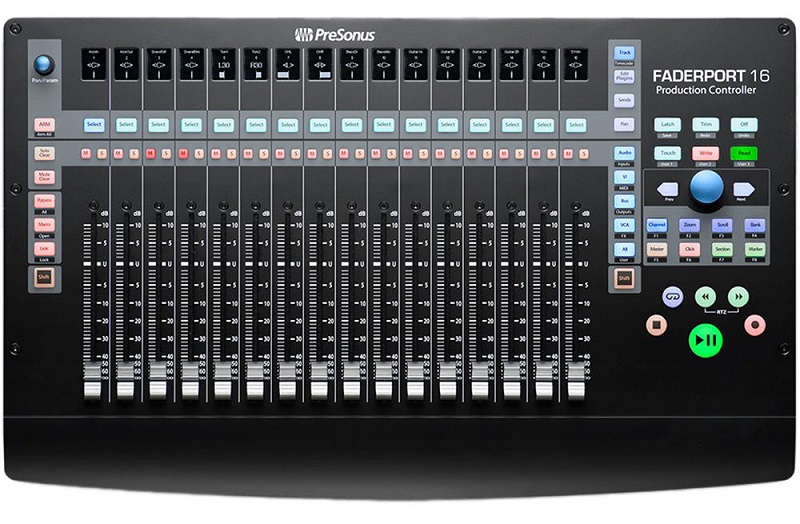
| For US Customers | For EU Customers | |||
|---|---|---|---|---|
PreSonus Faderport 16 |
- 104 Controllable functions
- 85 Background and status illuminated buttons
- Timecode and level display
- Transport control, tracking control, automation control
- Session Navigator, Fader Modes, Mixer View
2. Softube Console 1 Mk 2
The Softube Console 1 is a next-generation mixer, serving as a unique centerpiece for any DAW-based studio. This hardware enables quick switching between tracks and provides control over gate, EQ, compressor, and more. Meanwhile, the Console 1 software delivers the sound of a classic Solid State Logic console.
Console 1 isn’t just a DAW controller or a plug-in controller. Instead, it is a standalone hardware/software mixer that integrates seamlessly with your DAW. Simply use one of the track selector buttons on the hardware to choose the track you want to work on.
From there, use the physical knobs and buttons to adjust the included gate, EQ, compressor, high/low cut filters, transient shaper, and emulated analog console distortion. Select a track and tweak the knobs. Select another track and tweak the knobs—that’s essentially the workflow of Console 1.
Every parameter has a corresponding knob or button on the hardware. The number of tracks you can work with is limitless, parameter changes can be automated, and all your settings are saved with the DAW project for complete recall.
The Console 1 package includes Softube’s version of the Solid State Logic SL 4000 E—one of the most classic and widely used analog consoles globally. Softube’s version has been meticulously reviewed by Solid State Logic’s own experts, who have officially endorsed it.
The channel strip features the coveted black knob E 242 equalizer, the classic channel compressor, the musical expander/gate, and the sweet high and low cut filters from the SSL 4000 E channel.
This product has been on our wishlist for a long time, as many engineers have praised it. When we finally had the opportunity to try it out, we confirmed what everyone was saying. It’s likely the best unit made for controlling DAW functions in terms of mixing, and no other product compares.
We love using it; everything about it exudes professionalism. The only downside is the learning curve, which we consider a fun part until you master controlling the controller.

| For US Customers | For EU Customers | |||
|---|---|---|---|---|
Softube Console 1 Mk 2 |
- High-quality controls and buttons
- Can be integrated into all common DAW systems in AU, VST, VST3 and AAX formats
- Ergonomic user interface for an intuitive workflow
- Incl. license for Solid State Logic SL 4000 E model plugin
3. Softube Console 1 Fader
Softube aims to strike the perfect balance between hardware and software for mixing engineers. Their hardware is designed to complement their software, enhancing your workflow.
In recent times, we’ve become accustomed to working ‘in-the-box,’ using a variety of plugins to replace hardware. However, using a mouse and keyboard may not always be the best option.
The Console 1 Fader offers 10 motorized faders that are fully adjustable to your preference. It connects via a USB-A port.
These faders are touch-sensitive, meaning that when you press a fader lightly, the channel will light up in the software, allowing you to immediately identify which channel you are working on. Without this feature, you might lose track of the channels you’re working on, potentially complicating your efforts instead of simplifying them.
Unlike the Console 1, the Fader 1 is equipped with RGB-LEDs. Each color serves a different purpose, further enhancing your workflow.
The system offers more than just control over faders and automation in your DAW. Being part of the Softube ecosystem provides that warm analog sound. Moreover, there are numerous additional features that can improve your mixes and, most importantly, optimize your workflow.
Using both Console 1 and Fader 1 together was a great experience, as it felt like being in front of a real mixing console. The small knobs and buttons on the right side of the Fader 1 facilitate navigation and make using the control surface easier.
When comparing this setup with any other control surface, the benefits of this combination are significant, as these features are not available elsewhere and are laid out clearly for the user.
In terms of drawbacks, we found none for the Fader 1 when used in combination with the Console 1. However, when used alone, the lack of visuals might be a challenge for some users.

| For US Customers | For EU Customers | |||
|---|---|---|---|---|
Softube Console 1 Fader |
- Rotary encoder for Pan / Width
- Optimised on-screen display
- Per channel button for track selection as well as mute and solo
- Nine different fader modes
- Three freely assignable buttons for transport functions or DAW shortcuts
4. SSL UC1 Controller
The UC1’s design aligns perfectly with the Channel Strip and Bus Compressor plugins it controls. These plugins are modeled on the hardware from SSL’s classic mixing consoles. For ergonomic reasons, the Channel Strip controller is divided into two sections: on the left, you’ll find the filter and EQ, while on the right, you’ll discover the Compressor, Gate/Expander, and Channel Controls.
Right in the center, you’ll see the iconic Bus Compressor controls, complete with a physical dB reduction meter. Although no audio passes through the UC1 itself, the presence of this meter gives the impression that it does. This illusion is enhanced when you hear the sound processed through these plugins!
As mentioned, UC1’s control surface is designed to work seamlessly with two of SSL’s native plugins—Channel Strip 2 and Bus Compressor 2. Both plugins are included for free with the UC1, providing excellent value for those eager to dive into SSL’s outstanding mixing tools. Let’s explore how UC1 gives you comprehensive control over these plugins.
First, let’s look at the Channel Strip 2. Most of its controls are located on the left and right sides of the UC1, including the In and Out gain controls in the black strips. The layout closely mirrors the Channel Strip plugin’s user interface. It’s intuitive for beginners, and those familiar with SSL’s channel strips will feel right at home using the UC1.
The Filter Section in the top left includes a Low Pass and High Pass filter, which gently remove unwanted low frequencies and roll off highs, respectively. Below this, you’ll find the SSL EQ section of the channel strip with four frequency bands:
HF / LF Bands – High/Low-Frequency bands that are shelves by default but can be switched to a bell curve. HF operates between 1.5-22kHz, and LF operates between 40-600Hz.
HMF / LMF Bands – High/Low Mid Frequency parametric EQ bands. Each features a gain boost/cut, frequency control, and Q control (frequency bandwidth).
This is an excellent unit for users of SSL plugins who want a hands-on mixing experience. After testing it in a local store, we were impressed with its design and full functionality, which is exactly what we expect from SSL.
Compared to other units, this one uniquely offers a gain reduction meter that functions effectively, a feature likely exclusive to this unit. The major advantage is owning an SSL-made unit for your DAW, which was previously accessible only to big-name professionals. We found no downsides and highly recommend this unit to all SSL plugin users.
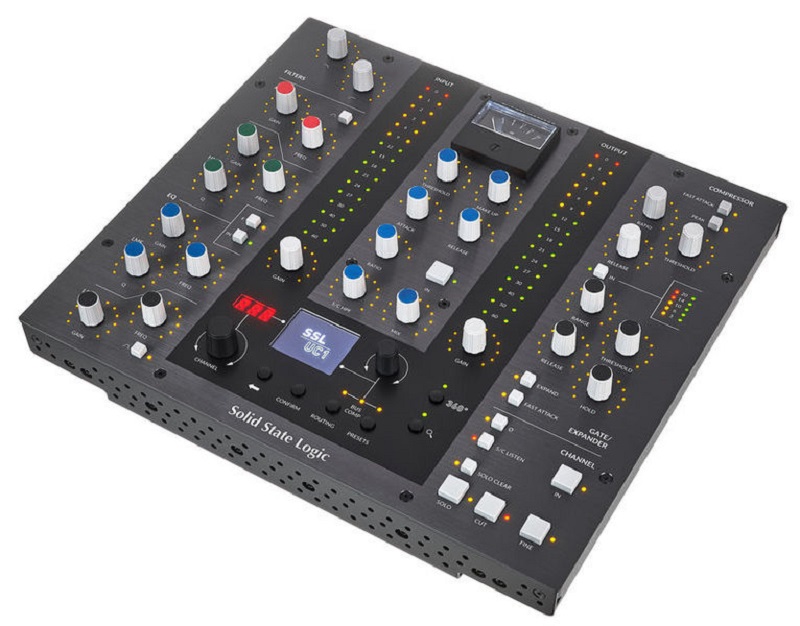
| For US Customers | For EU Customers | |||
|---|---|---|---|---|
SSL UC1 Control |
- Easy switching between up to 3 different DAWs
- Supported by SSL 360° Mac & PC software
- Metal housing with brushed-metal look
- Dimensions (W x H x D): 296 x 62.7 x 266 mm
- USB-C connector
5. Icon Qcon Pro G2
ICON’s MIDI controller, launched in 2018, continues to be extremely popular. Why is that? As more producers work entirely in-the-box, relying solely on a PC as their entire workstation, many miss the experience of using a real mixing console. A console like an SSL is often not affordable for semi-professional producers, which is why ICON cleverly addresses this need with a sophisticated and reasonably priced DAW controller.
The goal of a MIDI controller like the Pro G2 is to reduce reliance on your mouse and keyboard and give you a genuine mixing experience. This vision is beneficial and appealing to many producers. However, it’s important to understand that moving away from your mouse might take some getting used to since you are accustomed to it.
In terms of functionality and workflow, the Pro G2 offers an excellent experience and solution. Are you open to change, and do you want to focus more on your ears instead of constantly looking at your screen when making and mixing music? If so, you can set aside the mouse and start using the Qcon Pro G2.
The Qcon Pro G2 is a MIDI controller designed to transform the mixer section of your DAW into a hardware experience. The controller features 8 faders, allowing you to easily scroll to different sections. It supports Mackie Control and HUI, so you can integrate it directly with most DAWs.
A friend of ours owns this controller and uses it constantly as the centerpiece of his mixing studio. When we tried it, we were blown away. Compared to other controllers on the market, this one not only has 8 faders, as mentioned, but also a variety of buttons, each with a unique function. This makes mixing simpler and reduces the need to use the mouse. It comes at an amazing price, and the developers are dedicated individuals with a clear vision. An amazing unit!
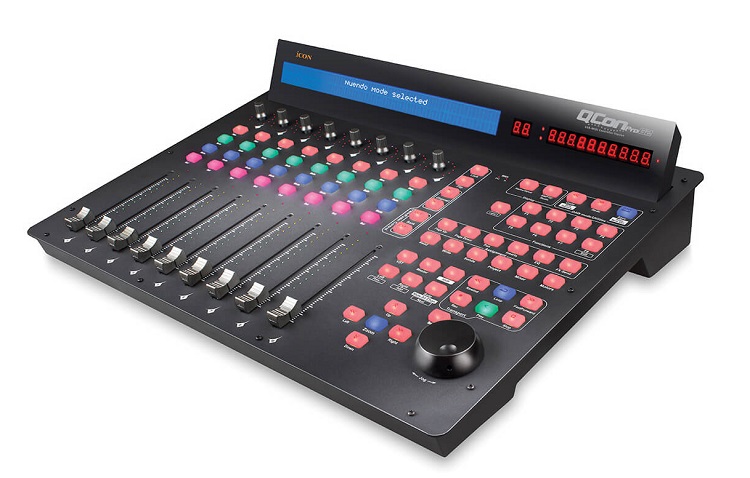
| For EU Customers | |||
|---|---|---|---|
Icon Qcon Pro G2 |
- 8 Encoders with LED ring
- Large, backlit LCD
- Jog wheel with shuttle function for fast navigation and control
- 2x 6.3 mm Jack connections for pedals
- USB 2.0 High-speed port;
6. Presonus Faderport V2
While a keyboard and mouse are reliable tools for controlling a DAW, they become even more effective when paired with the FaderPort’s precise tactile control over mixing and automation capabilities.
An ideal solution for anyone mixing within the box, the FaderPort features a 100 mm touch-sensitive, motorized fader for real-time fades and automation, along with 24 buttons for 40 different functions, all in a compact design that fits neatly on any desk.
Quickly zoom in on audio files for editing and manage track levels with just a touch. With the FaderPort, you’ll enjoy the fastest, most efficient workflow you’ve ever experienced.
Rather than changing your mixing technique, the FaderPort enhances how you currently mix. You can still use your keyboard and mouse for tasks they handle well, while the FaderPort takes care of the tactile aspects of mixing. This is DAW control as you always hoped it could be!
The FaderPort’s unique Session Navigator provides easy access to eight essential functions for maximum flexibility. Use the large encoder button and companion buttons to edit and mix more efficiently and quickly.
Scroll through your timeline with the encoder, move measure by measure with the arrow buttons, zoom in and out on the timeline with the encoder, and adjust track sizes with the arrow buttons. Navigate and set markers while maintaining consistent control over your primary stage. Once you start using the Session Navigator, you’ll wonder how you ever mixed without it.
We’ve had this one since it first came out, and for a project studio, it’s a great tool, especially if you have limited desk space. It’s excellent for recording automation and making quick adjustments to your projects.
Compared to other units, it’s clear that it has only one fader, making it a great starting point. It offers an amazing price that most people can afford, though it’s unfortunate that it is limited to just one fader. For beginners, it’s a great way to become familiar with DAW controller units.

| For US Customers | For EU Customers | |||
|---|---|---|---|---|
Presonus Faderport V2 |
- Dimensions (W x H x D): 230 x 45 x 140 mm
- Includes external power supply 12 VDC, 1.2A
- Includes full version Studio One Artist (Download)
- Weight: 0.68 kg
7. Mackie Control Universal Pro
The Mackie Control Universal Pro offers complete hands-on control for any compatible DAW and its hosted plug-ins. It features bidirectional connectivity, motorized faders, and LED-encircled V-Pots that provide full ‘mirrored’ feedback.
While it’s immediately intuitive as a basic ‘level and pan’ mix controller, there’s a learning curve if you want to fully utilize its capabilities. It remains compatible with all major studio software, comes bundled with the excellent Tracktion, and is still very affordable.
Structurally, nothing has changed; all the buttons, knobs, and faders on the Control Universal Pro are arranged just like the previous model’s—proving the adage, “if it ain’t broke, don’t fix it.” However, the button design has been greatly improved, the jog wheel feels newly weighted and more precise, and the improved Penny + Giles faders seem smoother—though this might just be due to their newness compared to those on an older Mackie Control.
Up to three expanders can be connected directly via the MIDI I/O on the back of the Control Universal Pro, with more potentially added through MIDI interfaces. The number you can add depends on your DAW (and your desk space).
It’s also worth noting that the C4 Pro can be used independently of the Control Universal Pro, whereas the Extender Pro cannot. This controller is straightforward to use, with all the necessary buttons and knobs readily accessible. With 9 faders, you’ll have sufficient control over your project, making it quite effective.
During our review, we found it well-designed and easy to navigate without any issues. It doesn’t feature any flashy lights—just a plain and simple controller. Compared to other units, this one adheres to the Mackie protocol. The only downside? It has everything you need but nothing more to set it apart from the rest, if that can even be considered a negative.
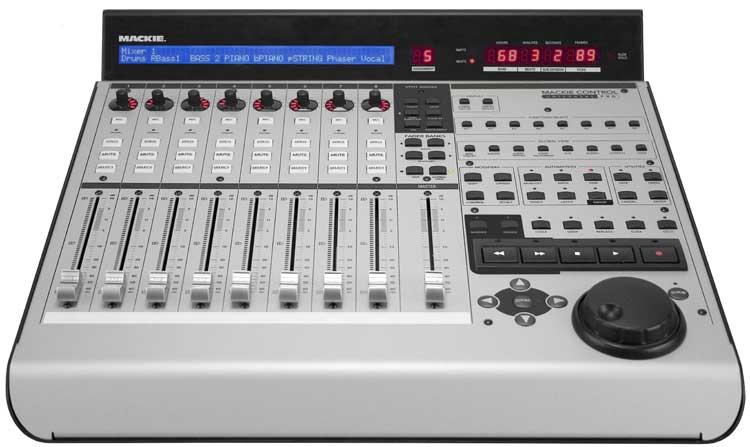
| For US Customers | For EU Customers | |||
|---|---|---|---|---|
Mackie Control Universal Pro |
- Dimensions (W x H x D): 419 x 429 x 120 mm
- Weight: 5.4 kg
- Expandable with the MCU XT Pro
- Integrated USB MIDI interface
- Included in the delivery: Power supply unit, USB cable, Tracktion 3
8. Behringer X-Touch
The Behringer X-Touch, a popular control surface, builds on the legacy of the BCF2000 and is perfect for managing your DAW both on the road and in the studio. Its nine touch-sensitive motorized faders offer a hands-on approach to control.
These motorized faders can save and recall parameter positions, making it easy to record and playback automation within your tracks. With 92 illuminated buttons, you can quickly access parameters, while the encoders can be assigned to tasks like panning and EQ. The large jog wheel is excellent for both macro and micro editing.
The LCD scribble strips help you identify tracks or visualize parameter ranges for easy reference. More reliable than just using a mouse, the X-Touch provides hands-on tactile control of your project.
Additionally, two footswitch inputs and an expression pedal input allow you to control your DAW with your feet as well as your hands. This feature is particularly useful if you’re recording alone, enabling you to start and stop recording with your foot.
The X-Touch supports both Mackie and HUI control, allowing it to interface with a wide range of DAWs. It can also function as a 2 x 2 USB MIDI interface with a USB hub for connecting MIDI devices or other controllers.
The X-Touch is a comprehensive control surface that puts your DAW at your fingertips, giving you control over all the relevant parameters in your project. You can even use it to manage an X32 Series mixer, and like the BCF2000, the X-Touch serves as a MIDI control source—offering a superb and durable playing surface for computer musicians.
This compact and tidy controller is found in many studios, and some of our friends still use it. When we visited their studios and tried this controller, we found it interesting to use, and considering its price, it is a good choice.
The major advantage is having the DAW at your fingertips, but the downside is that everything can feel a bit cramped on the small interface. Overall, we recommend it for beginners who need a controller to simplify their mixing process. Compared to other controllers on the list, this one is more affordable, which sets it apart from the rest.
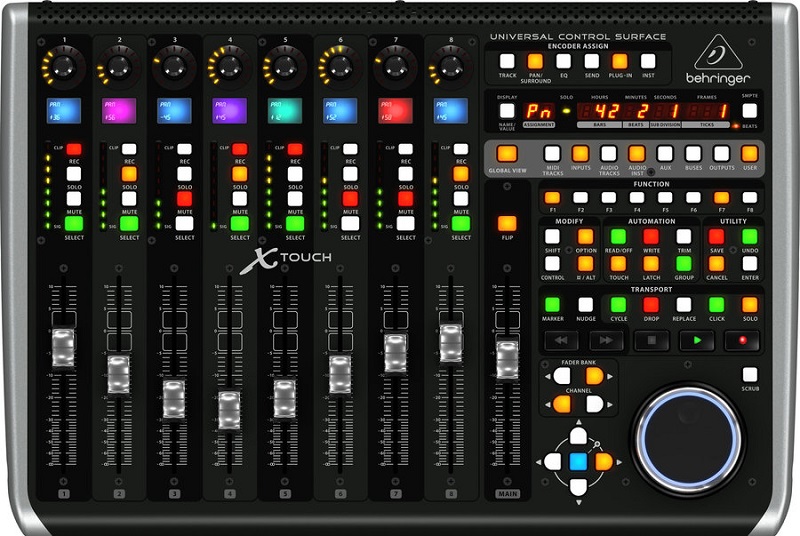
| For US Customers | For EU Customers | |||
|---|---|---|---|---|
Behringer X-Touch |
- 9 Touch-sensitive 100 mm motor faders
- 8 LCD Displays for channel identification and other parameters
- Ethernet interface for RTP (Real-time Protocol)
- 8 Assignable rotary controls
- 92 Buttons for direct access of key functions
9. Korg nanoKONTROL 2
The nanoKONTROL2 from Korg is an ultra-compact and low-profile controller that provides eight channels of management for various software titles, including major DAW programs. It fits perfectly in front of a laptop or desktop keyboard, and by using a single USB cable, it offers impressive control while conserving valuable setup space.
Each of the eight channels comes with a knob, fader, and three switches, initially assigned to pan, volume, and solo, mute, and record. The various controllers can be reassigned for use with a digital synthesizer, adjusting to things like envelopes or filters. A dedicated transport control section is also included.
The controller is USB bus-powered, and with a suitable connector kit, it is compatible with Apple’s iPad. The downloadable software allows for custom configuration of the faders and knobs, and licenses are provided for three virtual instruments to facilitate immediate music creation.
We used to have this nano controller until we gifted it to a friend. It was one of the first controllers we used when starting out. Compared to other units on the list, it’s super affordable and super small, but not very intuitive.
There are no motors on the faders, but if you need a unit to have a bit of control over the DAW, this might be useful. The biggest benefit is that it is small and cheap, but the downside is clear—it’s not ideal for big projects where more control is needed.
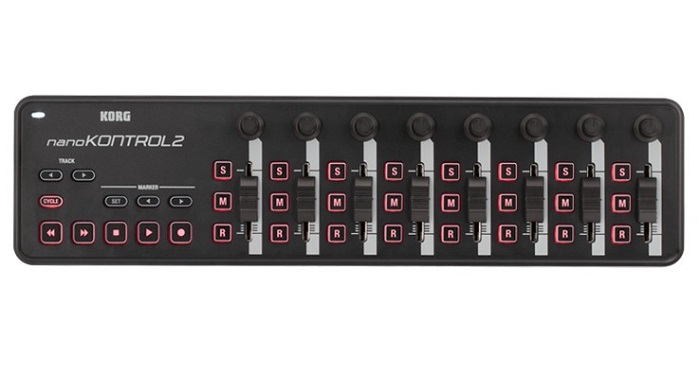
| For US Customers | For EU Customers | |||
|---|---|---|---|---|
Korg nanoKONTROL 2 |
- Connections: USB-Mini
- USB powered (less than100 mA)
- Dimensions (WxHxD): 325 x 30 x 83 mm
- Weight: 293 g
Conclusion
It’s becoming increasingly common for beginner and semi-professional producers and mixing engineers to have these controllers on their desks, and we completely understand why. We encourage you to give them a try!
Not only do they make your workflow easier, but they also save you time, allowing you to complete your projects faster than if you were only using a keyboard and mouse. Whether it’s a 1-fader or a 16-fader surface, having some physical assistance is always appreciated.
If you feel we’ve overlooked any important elements that should have been included in this post, please let us know, and we’ll make sure to address them!

